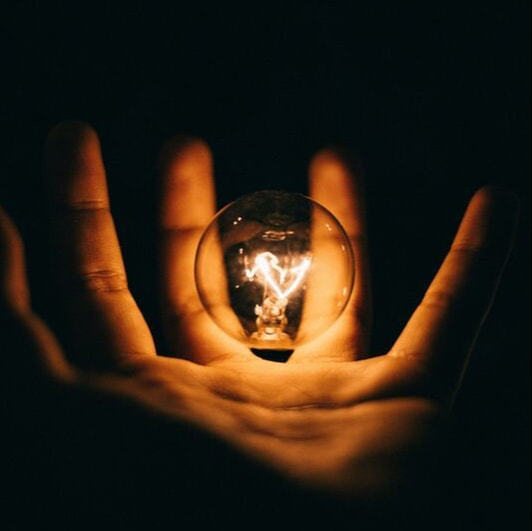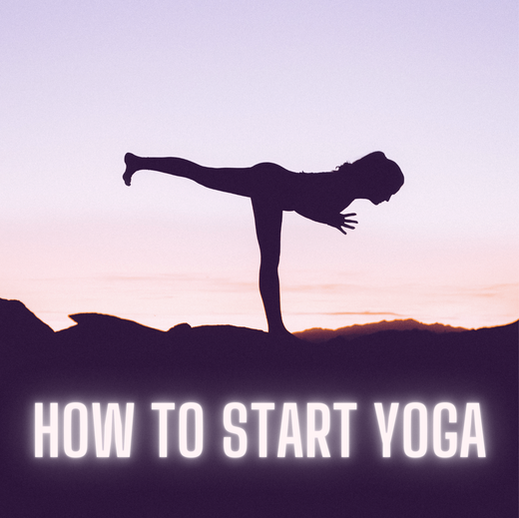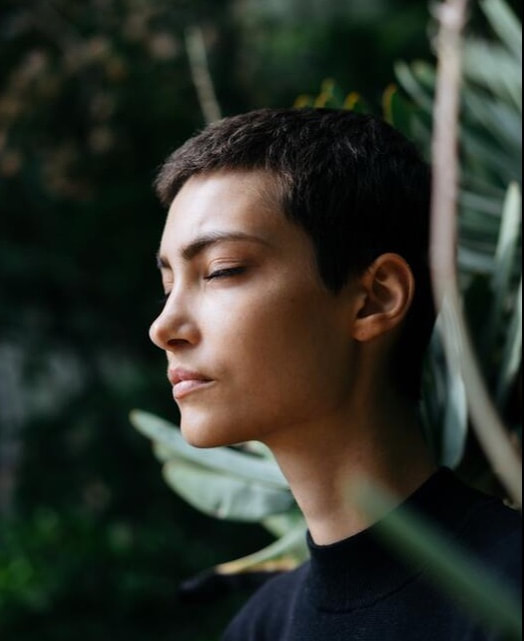 Photo by mahamudul hasan on Unsplash Love is always the answer. - Sivakami Sonia Sumar This blog post is part of our Yoga Sutras series. Want to start at the beginning? Sutra 1.3 - तदा द्रष्टुः स्वरूपेऽवस्थानम् - Tada Drastuh Svarupe Avasthanam Then the Seer Abides in Its Own Nature Now we come to the result of practicing yoga. Abiding in the spirit’s nature. What is the spirit’s nature? What is the spirit?
The spirit animates the body and mind. It uses the body and mind to participate in nature. “The spirit is like a constant light. It has no name. It does not feel pain. It has no likes or dislikes. Right now within you, there is an exuberant spirit taking delight in watching the world. Whenever you are completely involved in what you are doing, you experience the creative and timeless nature of the spirit.” (Bhakt, 7) We experience the spirit’s nature when our mind is calm. Our spirit’s nature is love. This Sutra really is as simple as that!
0 Comments
 Photo by Rohan Makhecha on Unsplash Muddy water, let stand, becomes clear. - Lao Tzu This blog post is part of our Yoga Sutras series. Want to start at the beginning? Sutra 1.2 - योगश्चित्तवृत्तिनिरोधः - Yoga Citta Vrtti Nirodhah Yoga Is Calming the Fluctuations of the Mind This is a very simple and powerful yoga sutra. In fact, Swami Satchidananda wrote, “for a keen student, this one sutra would be enough.” (Satchidananda, 23) Again, let’s break this apart word by word to understand it better.
We’ve already discussed yoga extensively in the previous sutra. It is both the process and the end result. But Patanjali defines yoga further than that in this sutra.  Photo by Wesley Tingey on Unsplash Just where you are – that’s the place to start. - Pema Chodron This blog post is part of our Yoga Sutras series. Want to start at the beginning? Sutra 1.1 - अथ योगानुशासनम् - Atha Yoga Anuśāsanam Now Is the Guide for Yoga The reason the Yoga Sutras take a lifetime (or even longer!) to understand fully is that many of the Sanskrit words contain multiple meanings. The richness of this approach means both that the essence of Yoga is expressed as succinctly as possible and that the process of understanding their meaning is the path toward Yoga itself. In that way, the Yoga Sutras are both philosophy and instructions (Satchidananda, 23); they give both the why and how in one breath.
To truly understand a Sutra, the student must devote successive readings to it. There is an unfurling process, as the student deciphers its meaning over time in conjunction with the student’s lived experience. This is why the aphorism, “when the student is ready, the teacher appears,” also applies to the Yoga Sutras. The lessons to be learned from this text develop in the student’s mind over time, finally becoming fixed when life gives the aspirant a chance to practice and then comprehend their meaning. So let’s start on the most surface level - the literal meaning of the Sanskrit words - and then delve deeper.  Photo by Motoki Tonn on Unsplash If there were a little more silence, if we all kept quiet...maybe we could understand something. - Federico Fellini This blog post is part of our Yoga Sutras series. Each year, I will select Sutras from the four, successive Padas (with January's - February this year - dedicated to an introduction to a specific Pada). Although every one of the 196 Sutras could lead a person to transcendence, I will be limited to 43. In these 43 Sutras, I will attempt to cover most of the important themes within the Yoga Sutras of Patanjali as a whole, by referring to other important Sutras within the discussion. I invite you on this exploration with me. To discover the heart of yoga: what yoga is and how to master it. Want to start at the beginning? In 2023, we will cover Pada One. The first Pada is for Patanjali’s most advanced students (Stiles, xvi), intended for “those who are already highly evolved to enable them to maintain their advanced state.” (Iyengar, 4).
But in Patanjali’s brilliance, this Pada also serves as a sort of introduction to Raja Yoga. Specifically, why practice yoga? What benefits develop from steady, continued yoga practice? And generally, how to get there?  Photo by Slashio Photography on Unsplash Within the space of these two hundred short sutras, the entire science of Yoga is clearly delineated. - Sri Swami Satchidananda This month, I begin a daunting, multi-year project outlining key Sutras from the original yogi guidebook, The Yoga Sutras of Patanjali. I don't pretend to be a Yoga Sutras expert, especially after reading commentary from some of the great translators and interpreters who have tackled this approach to yoga philosophy. And this project won't be able to comprehensively explain all 196 Sutras of Patanjali's explanation of yoga, even over the course of four years.
In the past, we’ve hosted Yoga Sutra book clubs, which produce rich discussions arising from our common understanding of the ideas Patanjali expounds. These discussions have inspired me in this effort. It is amazing that although the Sutras were written centuries ago, the ideas are so universal that they always resonate as contemporary. I also take inspiration from the dharma talks my teacher, Sonia Sumar, has led on these Sutras. Although we often return to a Sutra repeatedly in these talks, each new group of students brings its own perspective and illuminates the often dense and esoteric knowledge contained within the terse threads of wisdom. Since we have plenty of blog posts for those just getting started practicing yoga (Our Approach to Teaching Yoga to Beginners, The Beginner's Mind, and Meditation for Beginners), I thought it was time to dive into the more philosophical components of our beloved practice of Patanjali’s yoga for those students advancing. Studying these Sutras clearly shows that our role as yogis is much more than attaining mere physical fitness. Our goal as advanced practitioners of yoga is spiritual fitness. I enter this discussion humbly, as a student myself, and welcome your comments and insights throughout this process. If you enter your thoughts as comments below each post, we are all benefitted by your experience and the project will be enriched. |
Archives
April 2024
About
Just some thoughts about yoga as I go... Categories
All
|
Subscribe to Our Newsletter.
FIVE KEYS YOGA
|
WHAT OUR CLIENTS SAYFive Keys is fantastic! The studio is lovely and soothing, and the teachers are very caring and attentive. |
I've ... probably been to 25 different yoga studios. This is one of the most welcoming, calming spaces with very talented instructors. |
I love this yoga studio. It's a great balance of a good workout and relaxation and feels like a real community. |
An ideal studio for someone new to yoga. |

 RSS Feed
RSS Feed
